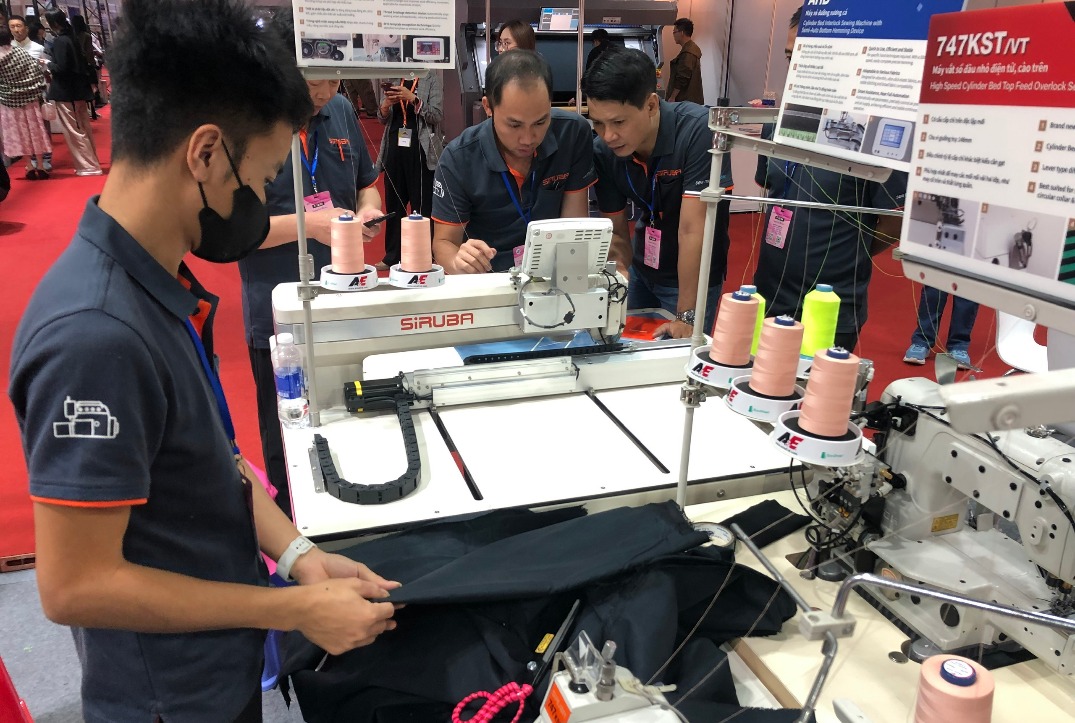Vietnam’s textile and garment industry has set an ambitious goal: to reduce electricity consumption by 15% and water usage by 20% by 2030. Mounting pressure from international consumers and buyers has accelerated the urgency, compelling small and medium-sized enterprises in the sector to take swift and decisive action. Achieving this target demands an unwavering commitment and a clearly defined, step-by-step implementation strategy. The textile and garment industry is the world’s second-largest polluter—trailing only the steel industry—in terms of greenhouse gas emissions, wastewater, and solid waste. In Vietnam, the sector comprises roughly 7,000 businesses that collectively emit around five million tons of carbon dioxide (CO2) annually. With just five years to go, the industry has set ambitious targets: to reduce electricity consumption by 15% and water usage by 20% by 2030. This emissions reduction roadmap is a formidable challenge for businesses already navigating multiple difficulties. Yet, experts believe that success is within reach—provided there is a resolute commitment, a strategic vision, and a disciplined, step-by-step implementation approach. Three tough sets of criteria At the technical workshop “Mastering the Low-Emission Journey: Higg FEM–MCAP–SBTi for Textile, Garment, and Footwear Factories,” held in HCMC on July 25 by consulting and inspection firm SGS Vietnam, […]
Emissions reduction: No time to waste
By Ho Nguyen Thao









